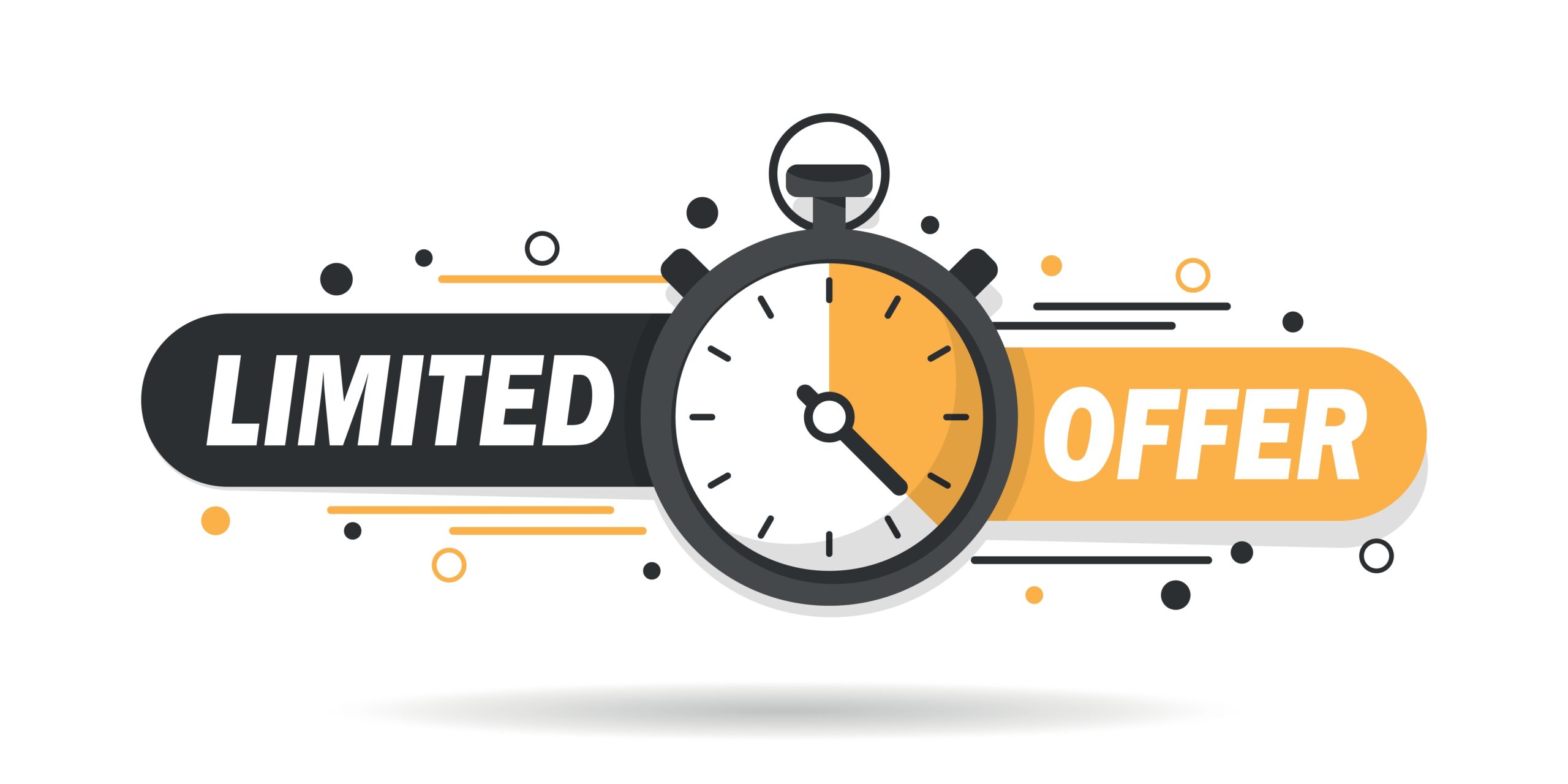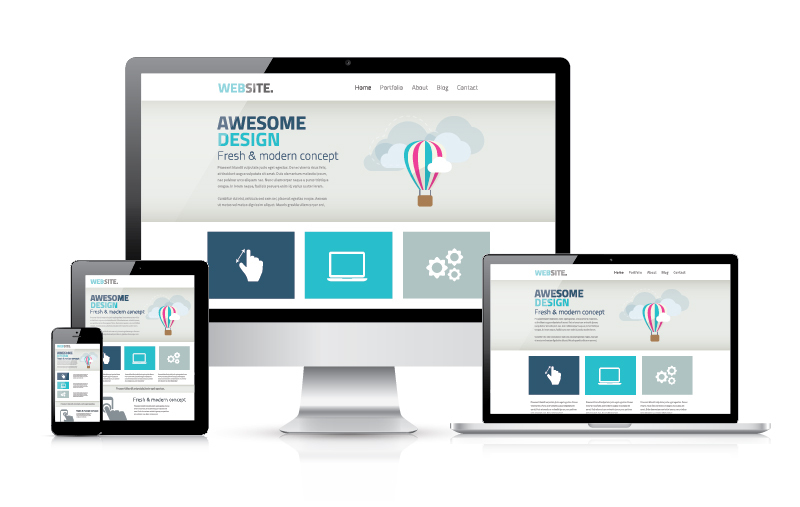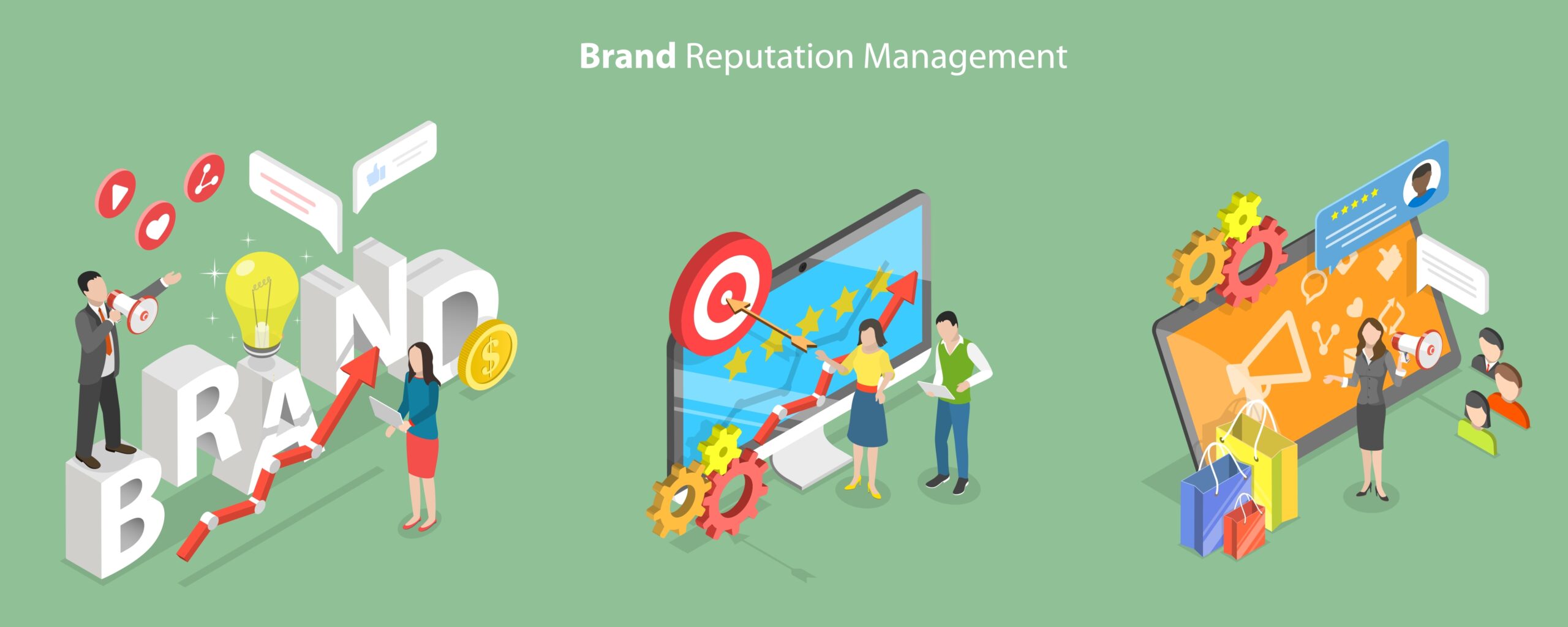In an increasingly digital world, having a well-designed website is the most meaningful marketing tool a business can have. Around 80% of consumers will go to a company’s website before visiting in person or making a purchase. Your website is typically a customer’s first impression of your company, who you are, and what you do. By hiring a trusted website development company, you can improve your website traffic and functionality.
The first thing you need to figure out when planning your site is the layout and how many website pages it should have. While there is not necessarily a right or wrong answer, there is an optimal number. You want your audience to be able to easily navigate through your site and find all the information they are looking for. If a consumer has to spend too long on your site, they will quickly give up and leave.
A good benchmark your website designer should aim for is six main pages. While that number can vary, there are at least six standard website pages that every company should have.
-
Home Page
This is the first thing people will see when they visit your website. The homepage is often their first introduction to your company, and it is crucial to quickly hook them in and summarize who you are and what you do. Briefly touch on the who, what, where, when, and why of your business. You will also want to include a clear call-to-action button that encourages people to contact you.
-
About Us
Consumers want to learn about your company before they do business with you. An ‘About Us’ page should provide a summary of your company history and who you are. Let customers know what sets you apart from other companies and any credentials, achievements, or awards that make you stand out. This page is crucial for earning the trust of your audience.
-
Services / Products
This is where you let the customer know exactly what you do and how you can help them. If you provide a service, explain all the different services you offer and why you are experts in your field. If you sell products, provide photos, details, and descriptions so they can see what they are purchasing.
-
Our Team
While the ‘About Me’ page is where you explain your company history and credentials that make you a trustworthy business, an ‘Our Team’ page is a great way to put faces to that company. Let consumers know who they will be working with by including photos and bios of your employees. This will further build trust with your audience and increase the likelihood of earning their business.
-
Contact Us
Usually the last page, but one that should be prominently displayed and visible. This is the call-to-action page that allows customers to get in touch with you. Include all the details about how customers can contact you, like your address, phone number, and email address. Your ‘Contact Us’ page can also include social media channels, as well as a contact form to provide more information.
-
Additional Pages
While those five pages are essential for nearly every business in any industry, the sixth page can be more flexible to fit the needs of your company. Some ideas for additional pages include a page for testimonials and reviews, FAQs, a blog, portfolios, support, or a photo/media gallery.
beMarketing Website Design Team
While there is no definitive number of pages your website needs, your site must be well-designed, easy to navigate, and inform your visitors of who you are and what you do. At beMarketing, our website designers are the best in the business; we build easy-to-use websites that are search engine and mobile-friendly, visually appealing, and follow the best web standards practices. We work hands-on with each client to ensure their website is built with a look and feel that fits their brand’s voice. To learn more about how beMarketing can help your company, contact us today!













